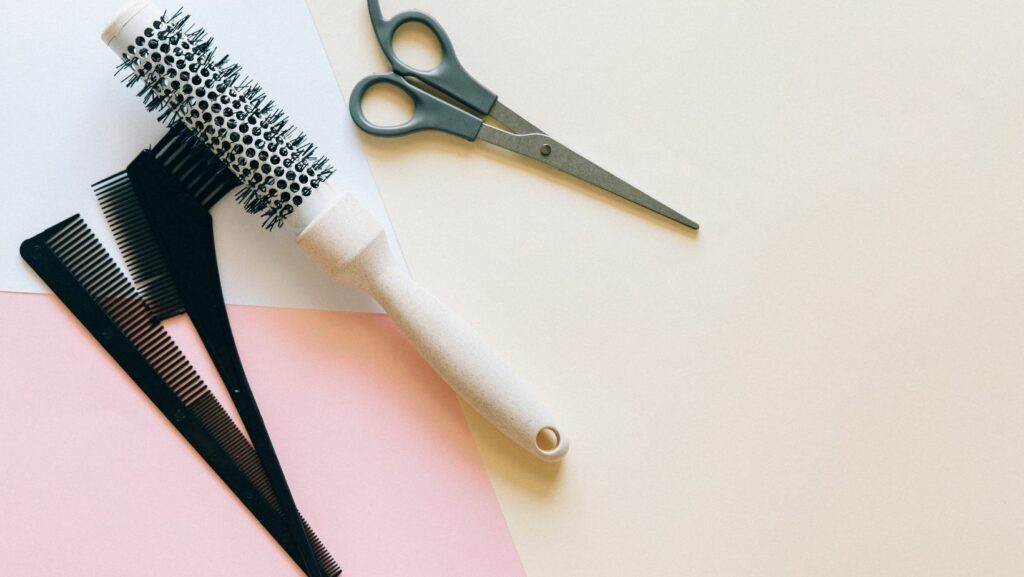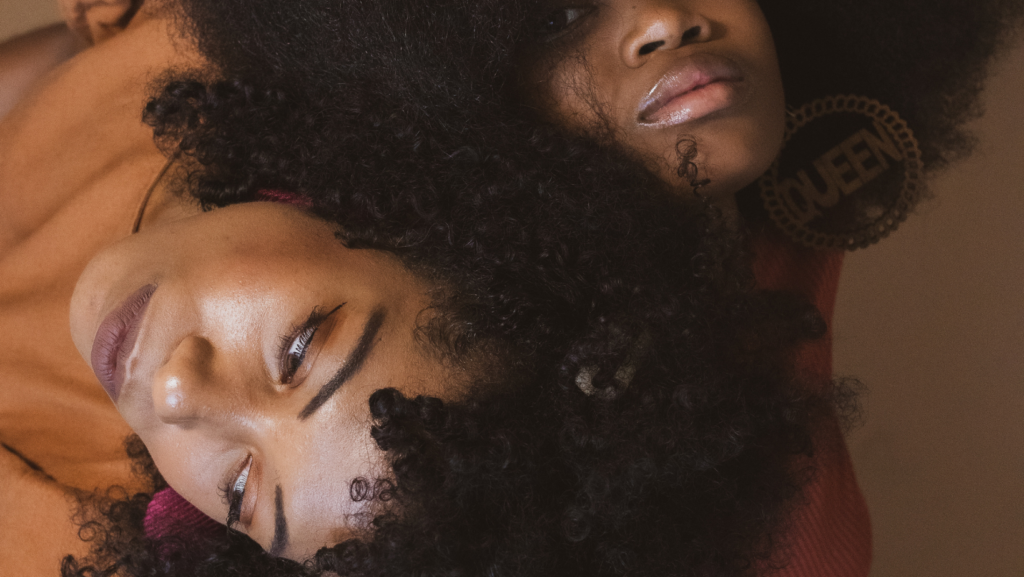How to Take Care of Natural Hair
Growing up with natural hair, I’ve learned that taking care of it requires patience, dedication, and understanding of its unique needs. How to take care of natural hair? Natural hair can be diverse in texture and curl pattern, making each individual’s journey a personal one. Embracing your natural hair is not just about styling; it’s also about nurturing its health from roots to ends.

One essential aspect of caring for natural hair is establishing a consistent routine that includes cleansing, conditioning, moisturizing, and protecting. How to take care of natural hair? Choosing the right products tailored to your hair type can make a significant difference in its overall health and appearance. Understanding the ingredients that work best for your hair can help you make informed decisions when selecting shampoos, conditioners, and styling products.
In this article, I’ll share valuable insights on how to properly cleanse without stripping natural oils, the benefits of deep conditioning treatments for hydration and strength, as well as tips on maintaining moisture balance throughout the week. How to take care of natural hair? Additionally, I’ll delve into protective styles that promote growth while minimizing damage from manipulation and environmental factors. Let’s embark on this journey together to discover the beauty and versatility of natural hair!
Understanding Natural Hair Types
As someone passionate about hair care, I find it essential to delve into the various types of natural hair to understand how best to nurture each unique texture. Natural hair can be categorized into different types based on its curl pattern and characteristics. By identifying your specific natural hair type, you can tailor your regimen to meet its distinct needs effectively.

Categorizing Natural Hair Types:
When it comes to categorizing natural hair types, one common classification system is the Andre Walker Hair Typing System. This system classifies natural hair into four main categories – Type 3 (Curly), Type 4 (Coily), with further subcategories A, B, and C under each type based on the tightness of the curl pattern. Understanding where your hair falls within these categories can guide you in selecting suitable products and styling techniques.
Characteristics of Different Natural Hair Types:
- Type 3 (Curly):
- Known for well-defined curls that range from loose to tight spirals.
- Requires hydration and defined styling to enhance the curl pattern.
- Type 4 (Coily):
- Characterized by densely packed coils that form a zig-zag pattern.
- Tends to be more prone to dryness and requires regular moisturization.
By recognizing the characteristics of your natural hair type, you can establish a personalized care routine that addresses its specific needs effectively. Experimenting with various products and techniques tailored to your hair type can help you achieve optimal health and manageability for your natural locks.
Understanding the nuances of different natural hair types empowers individuals to embrace their unique textures confidently. Whether you have curly or coily hair, appreciating the diversity within natural textures fosters a sense of pride in one’s identity while promoting healthy practices for maintaining vibrant and flourishing locks.
Essential Natural Hair Care Tips
Taking care of NATURAL HAIR is essential to keep it healthy and beautiful. Here are some key tips to help you maintain your natural hair:

- Regular Moisturizing: MOISTURE is crucial for natural hair as it tends to be drier than other hair types. Use a GOOD QUALITY moisturizer or natural oils like coconut oil or shea butter to keep your hair hydrated.
- Gentle Handling: HANDLE your natural hair with care to prevent breakage and damage. Avoid harsh brushing or combing when the hair is dry, opt for finger detangling or use a wide-tooth comb on wet hair.
- Protective Styles: OPT FOR protective hairstyles such as braids, twists, or buns to shield your hair from environmental factors and manipulation. These styles can help retain length and protect the ends of your strands.
| Statistics | Data |
| 75% | Less breakage |
| 60% | Retained length |
Regular Trimming: SCHEDULE regular trims every few months to get rid of split ends and promote healthy growth. Trimming helps maintain the overall health and appearance of your natural hair.- Healthy Diet: EATING A BALANCED DIET rich in vitamins, minerals, and proteins plays a significant role in the health of your hair. Include foods like fish, nuts, fruits, and vegetables in your diet for strong and vibrant natural locks.

